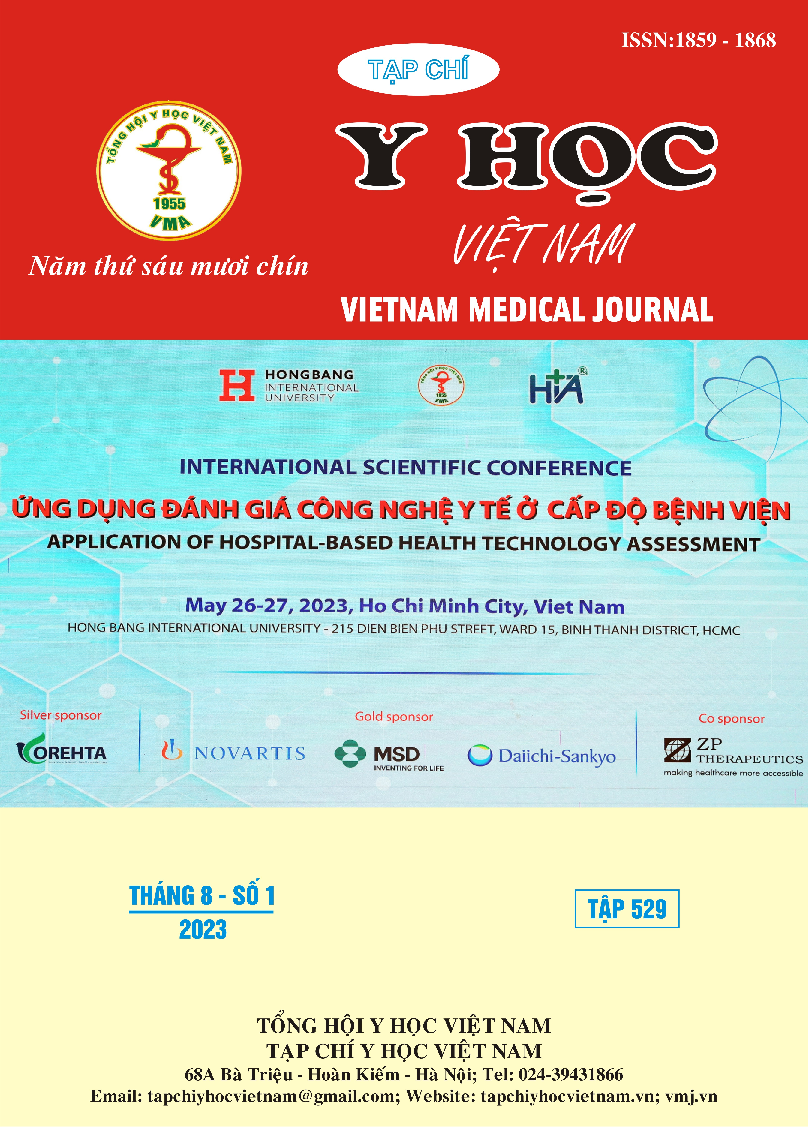ANALYZING COST AND FACTORS INFLUENCING THE DIRECT TREATMENT COSTS OF PNEUMONIA AT HAI PHONG CHILDREN HOSPITAL IN 2020
Main Article Content
Abstract
In 2020, a research was done on 400 medical records of children with pneumonia at Hai Phong Children's Hospital. The average cost of a course of pneumonia treatment, according to research, is 6,884,753 VNĐ (5,667. 245 - 8,472,468). The cost of hospital beds accounts for the majority of this, followed by the cost of medications and testing. Antibiotics are the most expensive medication class, accounting for 69.2 percent of overall prescription expenses. The patient's treatment expenses are influenced by comorbidities, treatment regimen, and the number of days spent in the hospital. In which, the number of treatment days is the most important factor, increasing the number of treatment days by one day increases the patient's treatment expenditures by 849,609 VND.
Article Details
References
2. Bùi Thị Quyên (2016), Phân tích chi phí điều trị viêm phổi mắc phải ở cộng đồng tại Bệnh viện Nhi tỉnh Nam Định năm 2015, Trường Đại học Dược Hà Nội.
3. Trần Thị Anh Thơ (2015), Đánh giá tình hình sử dụng kháng sinh điều trị viêm phổi trẻ em từ 2 tháng đến 5 tuổi tại bệnh viện sản nhi Nghệ An, Luận văn thạc sĩ dược học, Trường Đại học dược Hà Nội
4. M. Ceyhan, Y. Ozsurekci, K. Aykac, B. Hacibedel, and E. Ozbilgili (2018), Economic burden of pneumococcal infections in children under 5 years of age, Human Vaccines and Immunotherapeutics, vol. 14, no. 1, pp. 106–110, Jan. 2018, doi: 10.1080/21645515.2017.1371378
5. S. Tong, C. Amand, A. Kieffer, and M. H. Kyaw (2018), Trends in healthcare utilization and cost sassociated with pneumonia in the UnitedStates during 2008–2014, 2018, doi: 10.1186/s12913-018-3529-4


